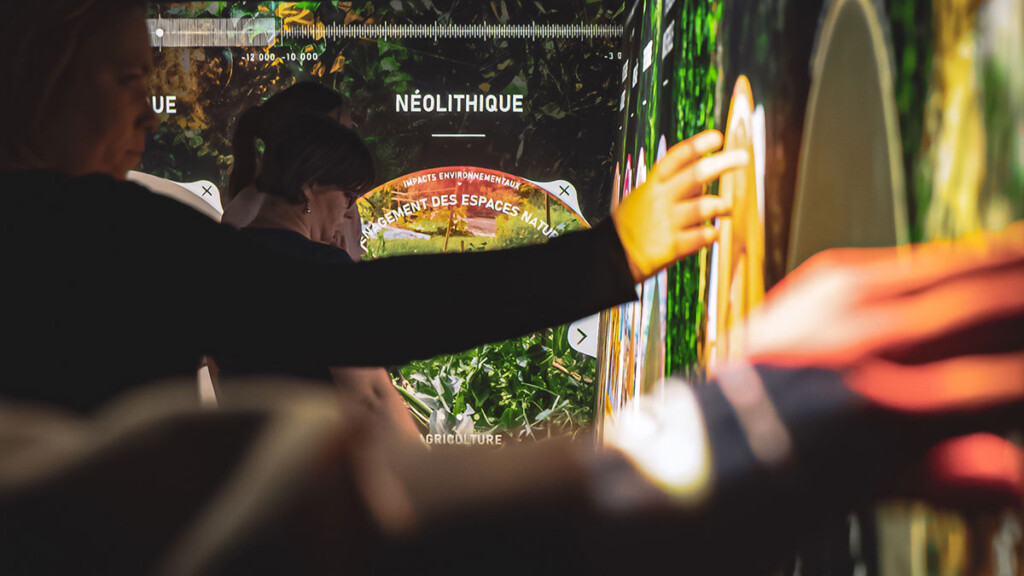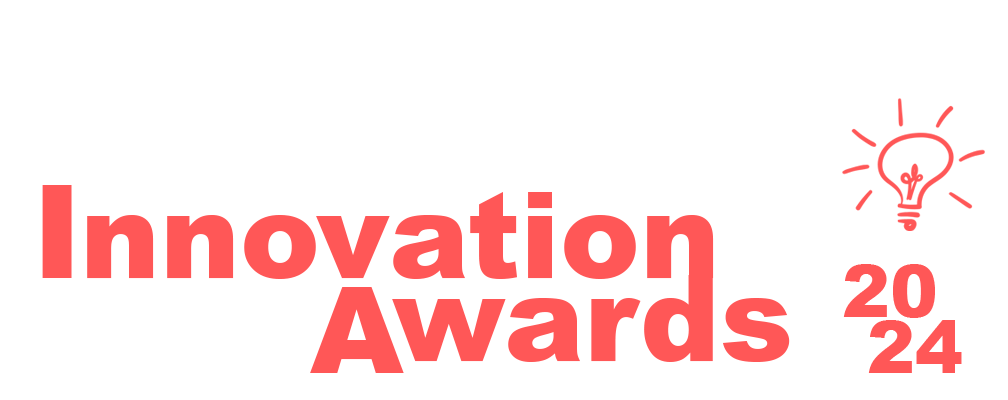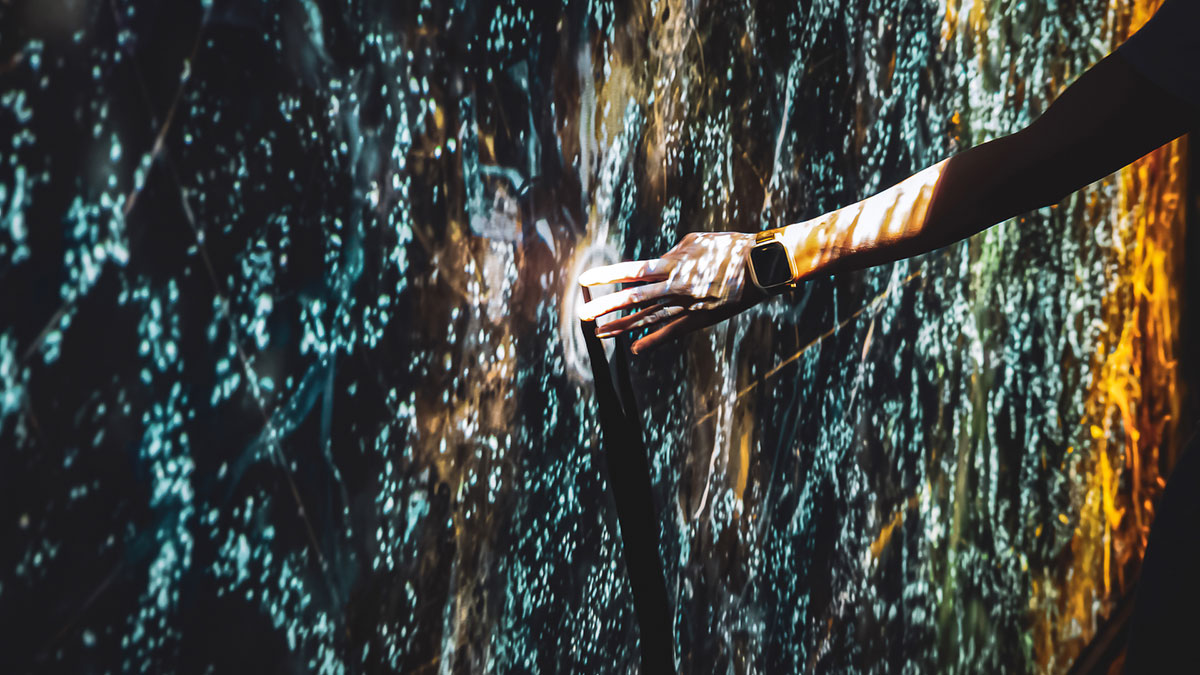This is the last exhibition before the Beauvoisine Museum closes for renovation work as part of its major refurbishment project, and is a precursor to the future museum centre.
As a museum of science and the living world, the new permanent exhibition will take a chronological approach, drawing on collections from the Museum of Antiquities and the Museum of Natural History to show just how inseparable our natural and cultural heritages are. Because going back to the very edges of our history also means retracing the genealogy of living things, of which humans are just one species among billions, but whose imprint is far more visible, massive and, above all, gradually losing the link and awareness of our interdependence with other species.
Impressionist paintings, in turn, bear witness to the impact of the industrial era on landscapes, increasing atmospheric pollution and a biodiversity that was visible at the time but has now disappeared. What has become of the poppy fields? The cliffs jutting out into the sea? How did the port of Le Havre, immortalised in the first Impressionist painting, develop? How many more times will the sun rise over these shores?
At a time when six of the nine planetary limits have been crossed, it’s no longer time to simply make our fellow citizens aware of the environmental issues at stake, but rather to get them to take action, thanks to a narrative experience that allows them to become sensorially and physically involved. Going beyond the traditional nature/culture divide, this immersive experience propels visitors into the heart of the history of living things, an infinite waterfall where our existences in time and space are shaped by sensations, perceptions and eras. Then, by interacting with the container, they can explore, era by era, the extent to which our relationship with living things has deteriorated and the power that each of us has to remedy the situation.

In this immersive experience, the spectator is first taken through the stages of the birth of life and then of Humanity in its perpetual quest for progress and speed, until it oversteps its own organic limits.) The increasing depletion of both human beings and the earth’s resources explodes and propels us into an infinite fall. This fall, often perceived as a descent into darkness or vulnerability, becomes a precious opportunity to plunge into the depths of ourselves and find answers to our questions. This moment of introspection, this inner exploration, offers the chance to reconnect with our true essence and thus to question our place and relationship with the living, our reason for being on Earth…
The final part of the experience invites visitors to become disillusioned about the consequences of our lifestyles in terms of the natural resources available, and allows them to simulate the future of the planet according to their own choices. Increased demographic pressure, technological decline, the reduction of artificial needs in favour of vital ones, on a collective or individual scale, each person is given their own area of responsibility and action according to the future they want. And to see to what extent this will help to ensure that the sun continues to shine for many years to come…
Basile Bohard, an immersive artist and designer, he creates immersive environments where light, architecture, sound, interactivity and special effects combine to transform a simple moment of ephemeral curiosity into an experience that makes us reflect on our own perception of the world.



